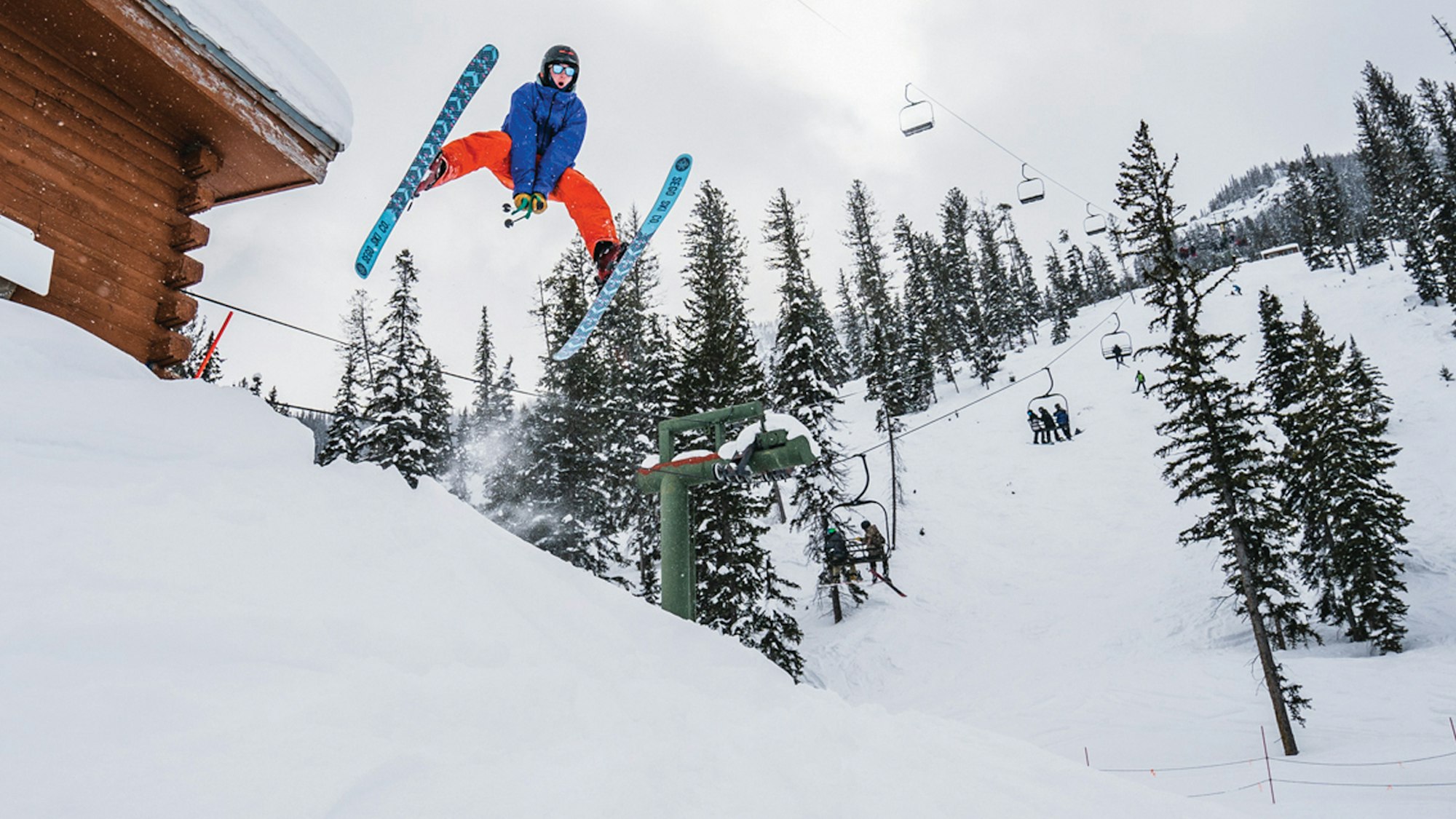WORDS • TESS STROKES | PHOTOS • LOUIS AREVALO
Linking Wyoming’s ski areas requires windshield time, a large gas tank and an appreciation for the in-between—the snow-covered, rolling grasslands and sagebrush-filled prairies that stretch into an infinite white. The Tetons and Yellowstone National Park steal the limelight and most people’s perception of Wyoming, but after driving a 1,341-mile loop around the state in search of ski hills, it’s the vast intermountain basins, smaller ranges and remote ranching towns that more accurately define Wyoming’s character. While visiting six of the state’s 10 ski areas (we skipped the well-known trifecta of Jackson Hole, Grand Targhee and Snow King, as well as White Pine, a ski area two hours from Jackson), we found unaligned, independent and non-profit ski areas bucking trends in the ski industry and sustaining despite the odds. And we never paid more than $50 for a lift ticket.
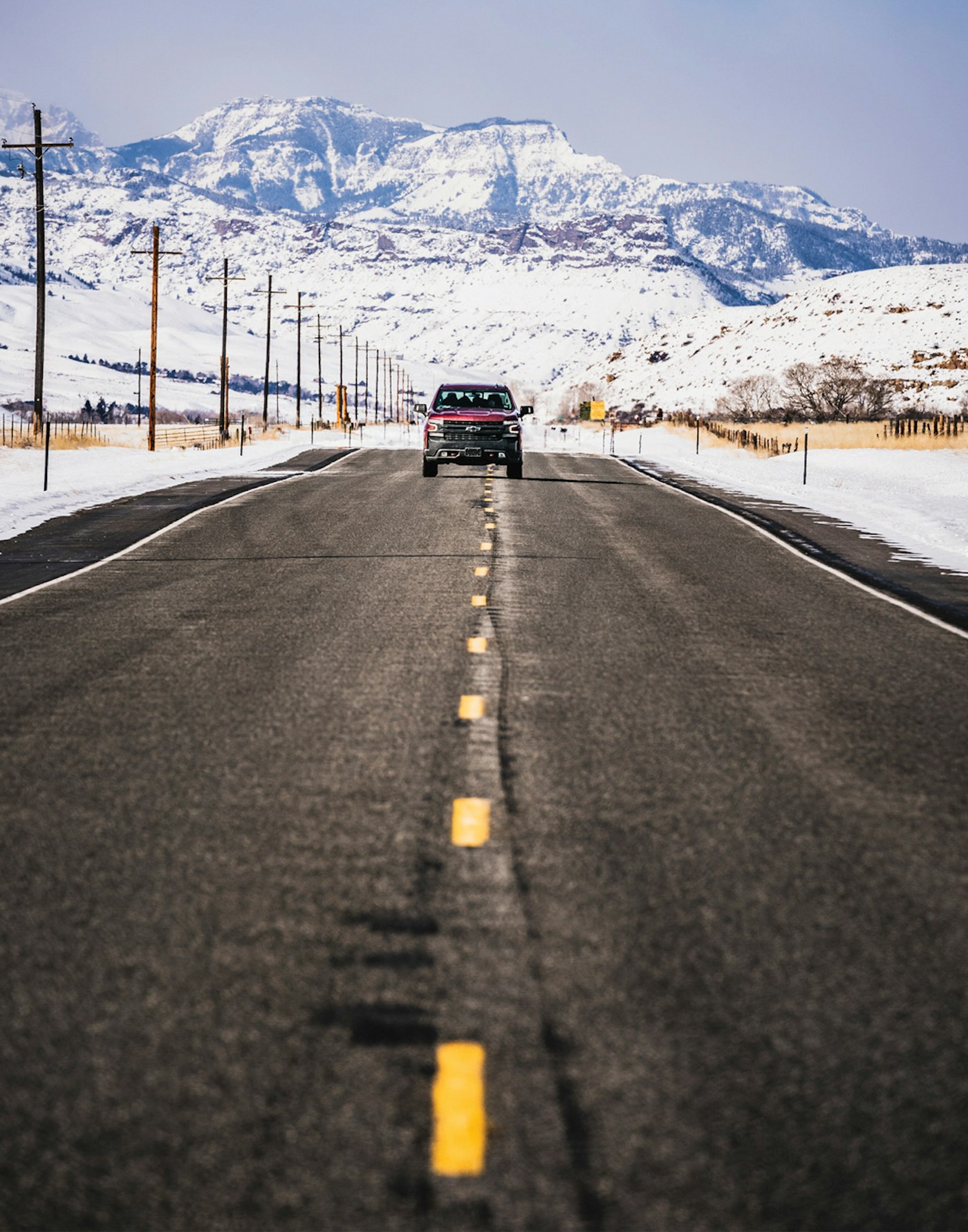
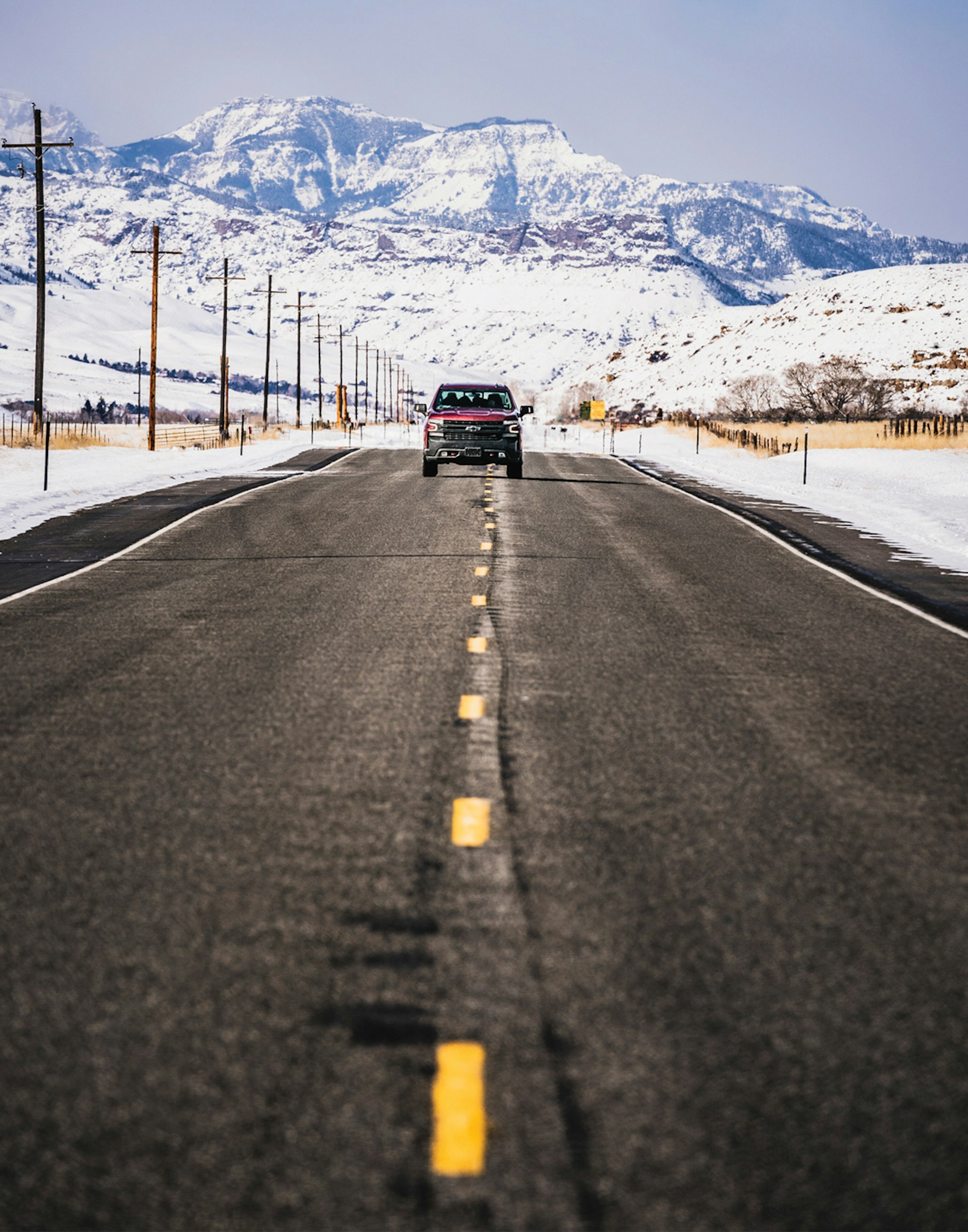
I meet photographer Louis Arevalo in Casper (pop. 58,000, Wyoming’s second-largest city) on a cold February morning to begin our Wyoming safari at Hogadon Basin, a 600-vertical-foot ski area 20 minutes and a handful of steep switchbacks from downtown. An upside-down resort, the base area, which includes a city-owned 16,000 square foot, $5.3-million modern lodge that recently replaced a 59-year-old condemned building, occupies the summit of Casper Mountain, an 8,000-foot-tall island in a sea of high desert. One double lift services the ski area’s 19 runs, as do four pro patrollers contributing to a 15-person staff. Six hundred vertical might not seem like much, but when it drops directly fall-line, it’s enough to entertain us for the better part of a day and to raise some of Wyoming’s best ski racers, like 71-year-old rancher Bob Kidd, part of the 1968 University of Wyoming NCAA Championship team. Hogadon’s history stretches back to the 1930s, solidifying its place among the earliest established ski areas in the country. We take a dozen runs with Kidd, who can still carve a ski, and Mountain Manager Chris Smith during a brief blizzard before hiking up to ski an open area that’s accumulated some fresh. All the terrain you can see is fair game here.
Back in Casper, we drive through historic neighborhoods and explore downtown. A local describes Casper as a charming and sophisticated outpost masquerading as a blue-collar town; we caffeinate at a hip coffee shop for the 90-minute drive across the plains to Buffalo.
As we head north toward the Bighorn Mountains, I struggle to imagine a better destination for the over-stimulated. Touring the least populated state in the country in the middle of winter means long stretches without passing another vehicle. In fact, during one stretch, we don’t see another car for more than an hour. When we do, it’s always an American truck—quite often a flatbed work rig with an oversized grill. We’re trying to blend in with our Chevy Silverado.
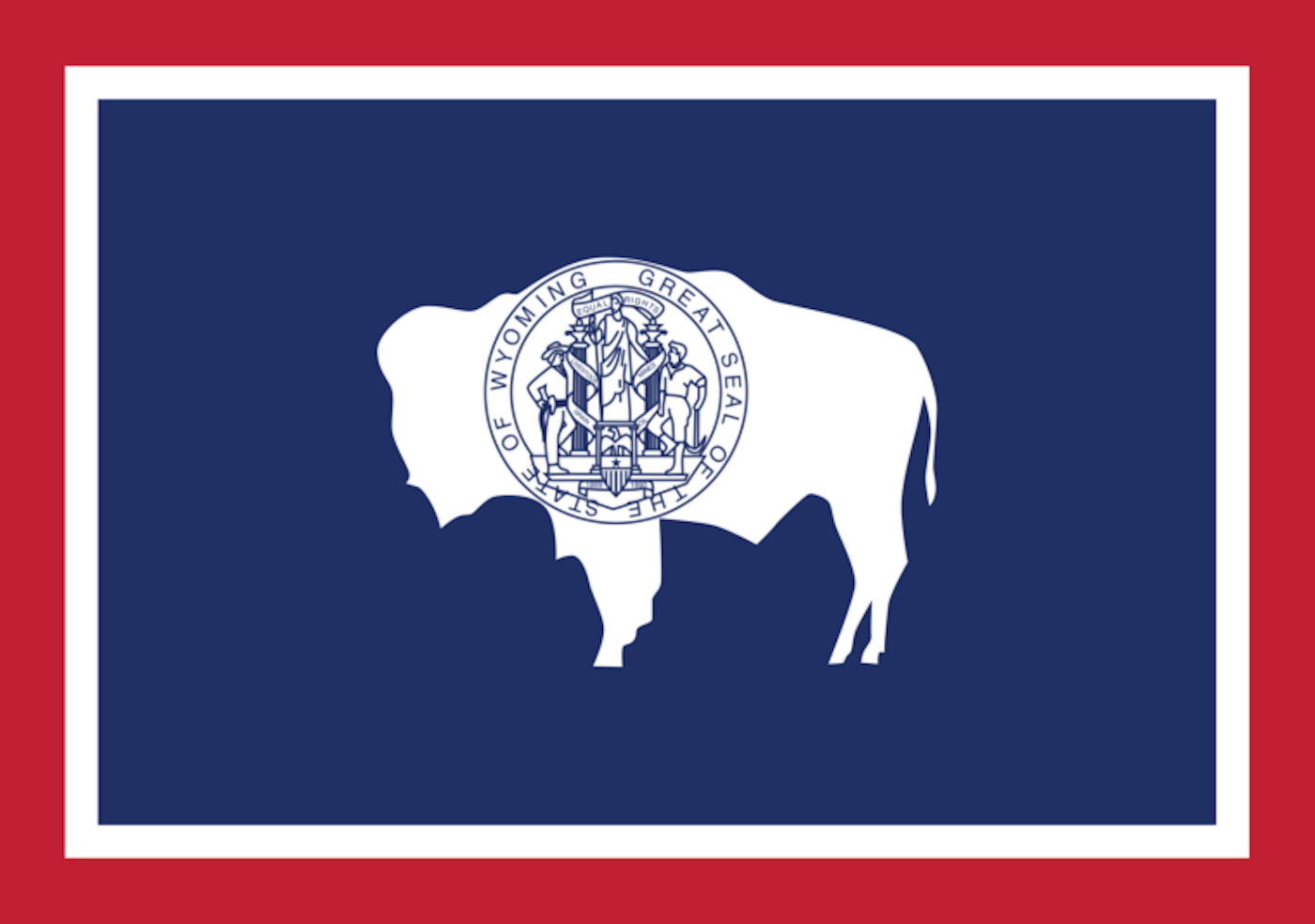
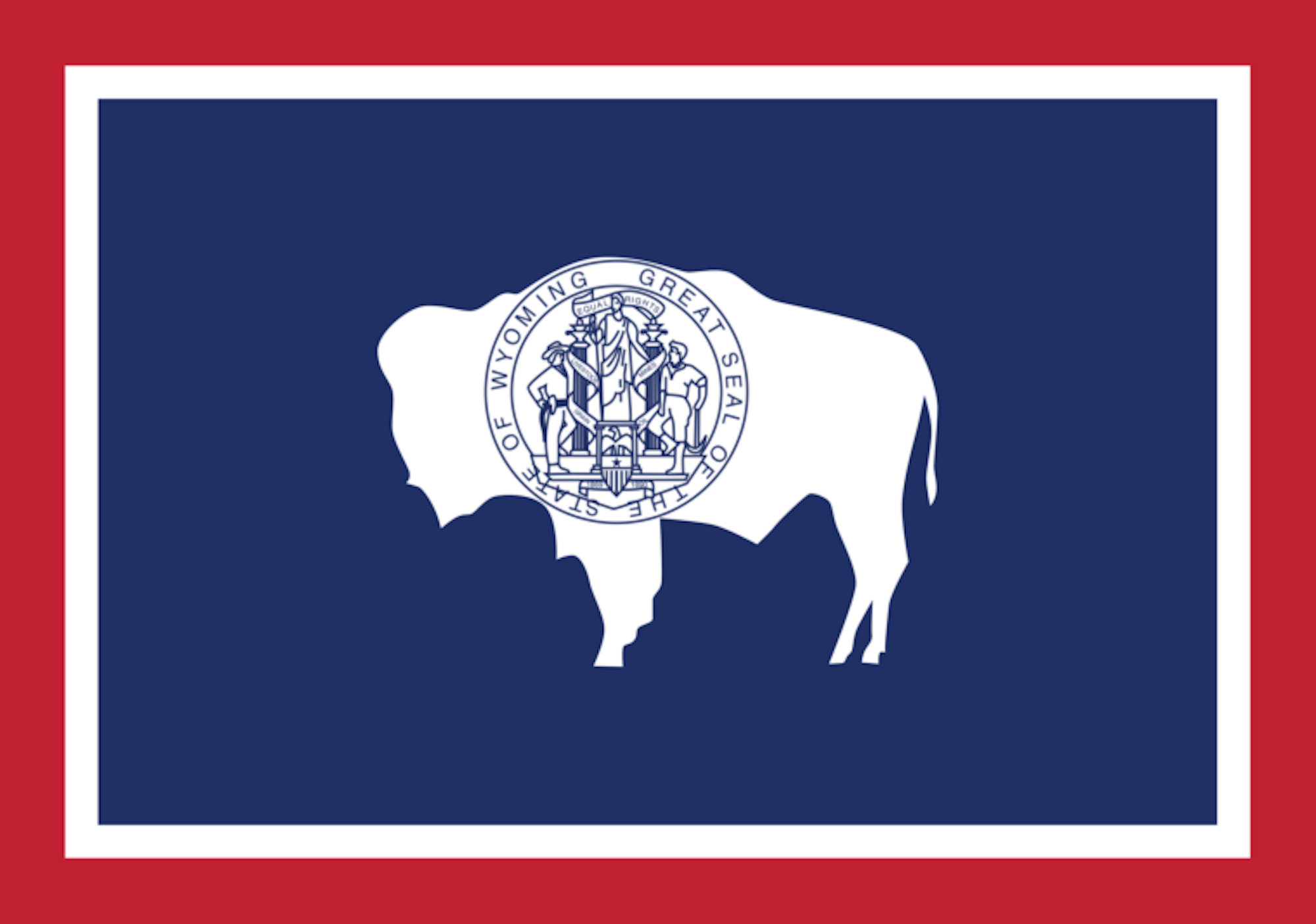
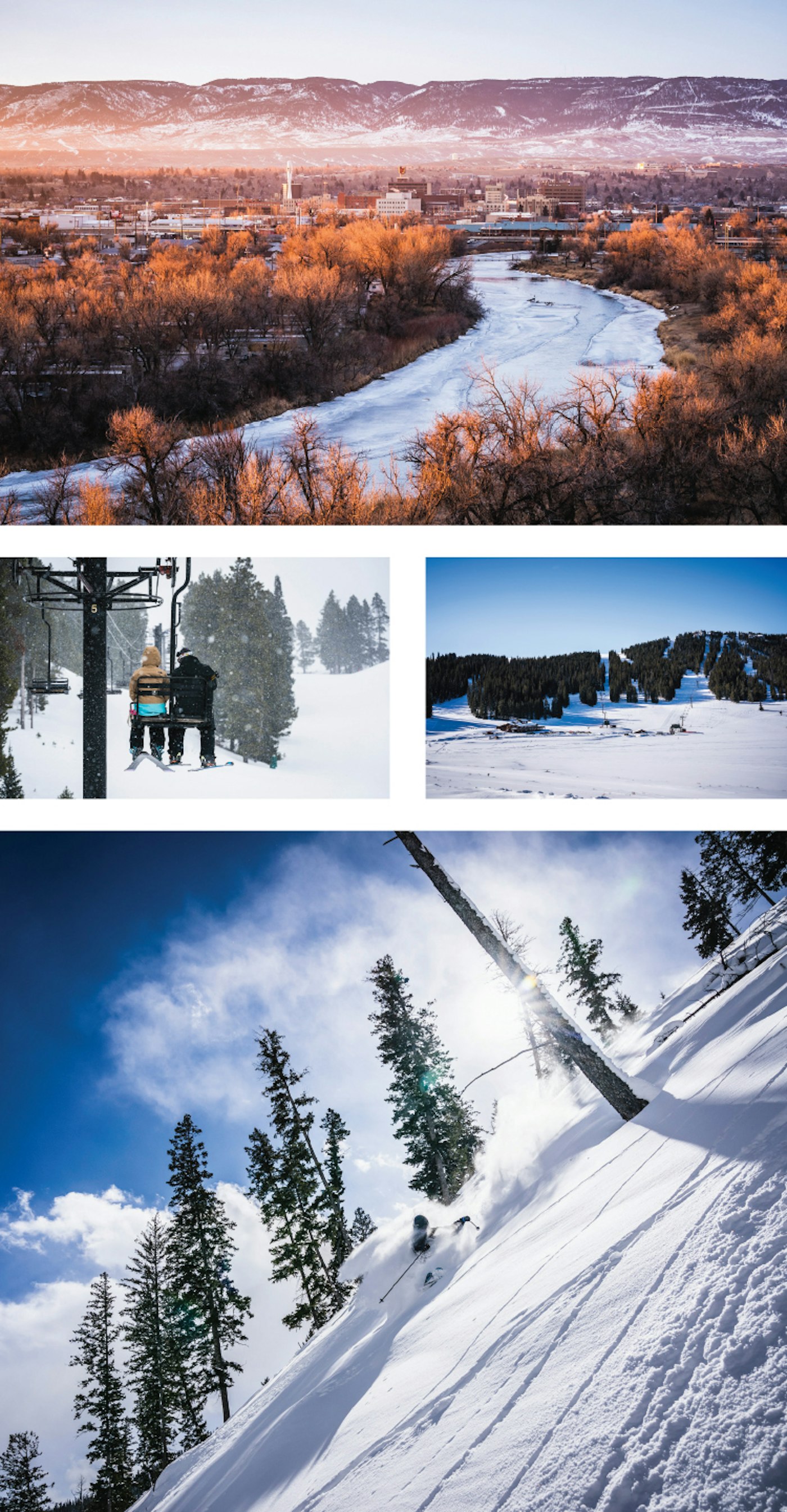
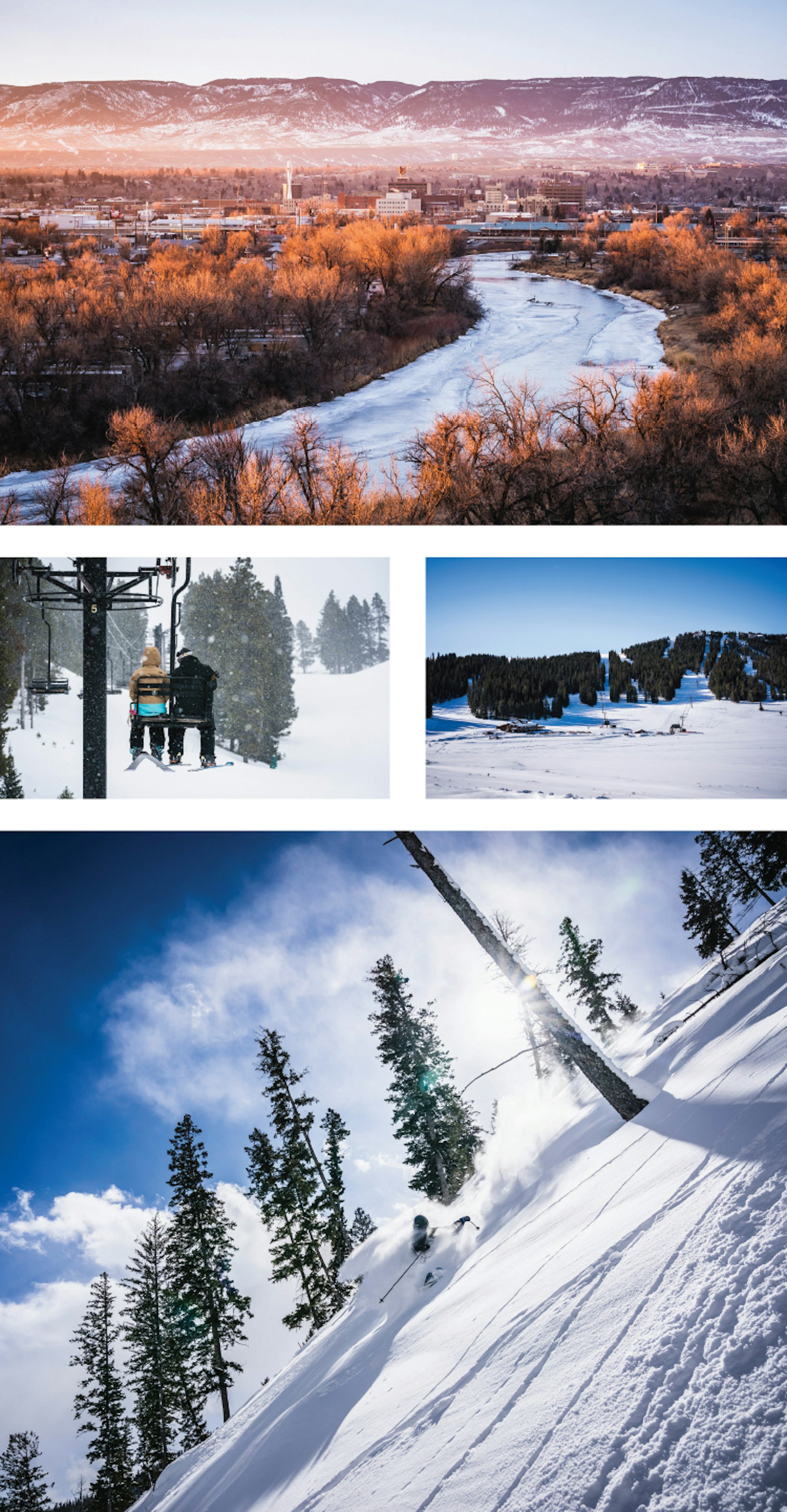
Top: Casper, Wyoming, basks in winter light; Middle, left: The author and Bob Kidd share a chair at Hogadon; Middle, right: Meadowlark Ski Lodge in all its glory; Bottom: Dean Madley sprays some powder at Sleeping Giant
Wild West history saturates the plains, foothills and mountains surrounding Buffalo, including famous gunfights, intertribal rivalries, Native American victories and the establishment of trading posts and military forts. Rather than shops hawking t-shirts and fudge and Old West photo studios, Buffalo’s main street is lined with authentic historic buildings, like the Occidental Hotel & Saloon, an 18-room hotel built in 1880. We sip whiskey from the same 25-foot bar—with 23 bullet holes in the tin ceiling and woodwork above it—that Butch Cassidy and his Wild Bunch saddled up to in the 1800s. Another watering hole a few doors down allows smoking. Inside, there’s not a trendy outdoor label affixed to anyone’s clothing and Winstons with a Bud Light appear to be the house special.
Less than an hour away in the Bighorns, Meadowlark Ski Lodge sits on the edge of a small lake and consists of a log cabin, two chairlifts and 300 acres of terrain open Friday through Sunday. Professional snowboarder Mark Carter grew up on a ranch in nearby Tensleep (pop. 304), and shuttled up to the mountain on a school bus each Friday as a kid for $3 Poma lift laps. Now, the bus still brings up local kids from Tensleep, Sheridan and Buffalo to cut their teeth on Meadowlark’s tree runs, upper steeps and bumps that form from a casual approach to grooming. Today it’s cold and windy, but the small parking lot is filling up quickly with trucks and a fire is warming up the lodge. The highest lift bypasses Meadowlark’s interesting sandstone rock features, and the “Hustler” run cuts right through them on a drop of almost 1,000 vertical feet. We ski for a couple of hours then decide to add one more ski area to our itinerary—Antelope Butte, a non-profit operation on the western slope of the range.
The ski hill isn’t open, but we aren’t the only ones who came to skin up. The north-facing ski area tops out at 9,400 feet and its 1,000 feet of vertical includes the most interesting terrain we’ve seen so far. Closed since 2004, passionate locals formed the Antelope Butte Foundation and got the lifts running again last season. The rental shop and ski patrol operates out of an old maintenance garage. With only 10 percent of the mountain open, Antelope still sold over 2,500 lift tickets. A former teacher, John Kirlin serves as executive director of the organization. “One of the challenges of reopening a mountain after it was closed for 14 years is that the snow sports culture has all but died,” says Kirlin. “Essentially we have to reintroduce skiing culture to our surrounding communities, focusing on youth, families and beginners.” Last winter, he implemented a week-long Elementary School PE ski program through which he traveled to local schools with a trailer full of Nordic skis and grooming equipment, taught the fundamentals of basic body position and balance and then brought the kids up to the mountain for a downhill lesson at the end of the week. This season, with the entire mountain open and a magic carpet and two lifts running, Antelope Butte will introduce a five-week snow sports school.
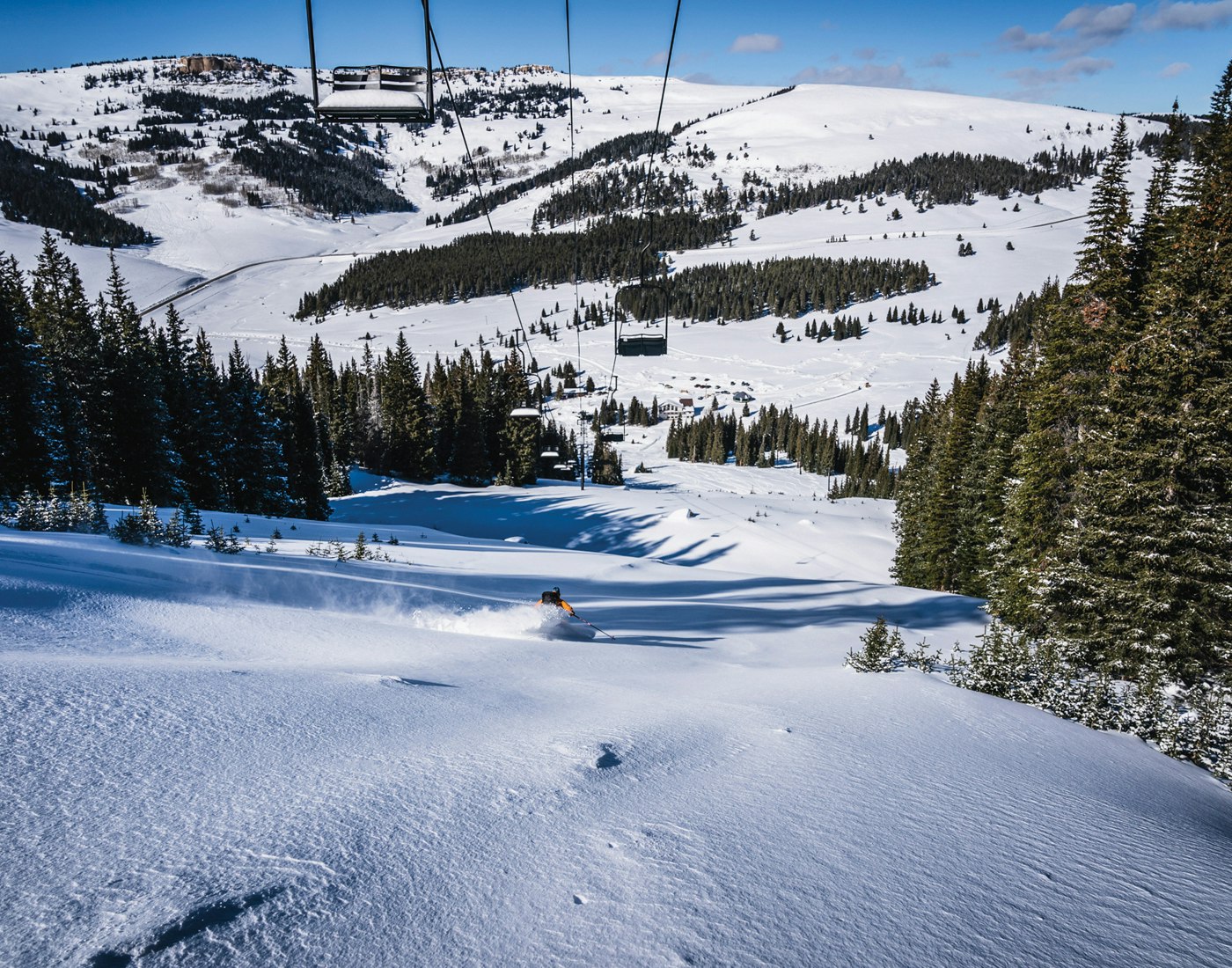
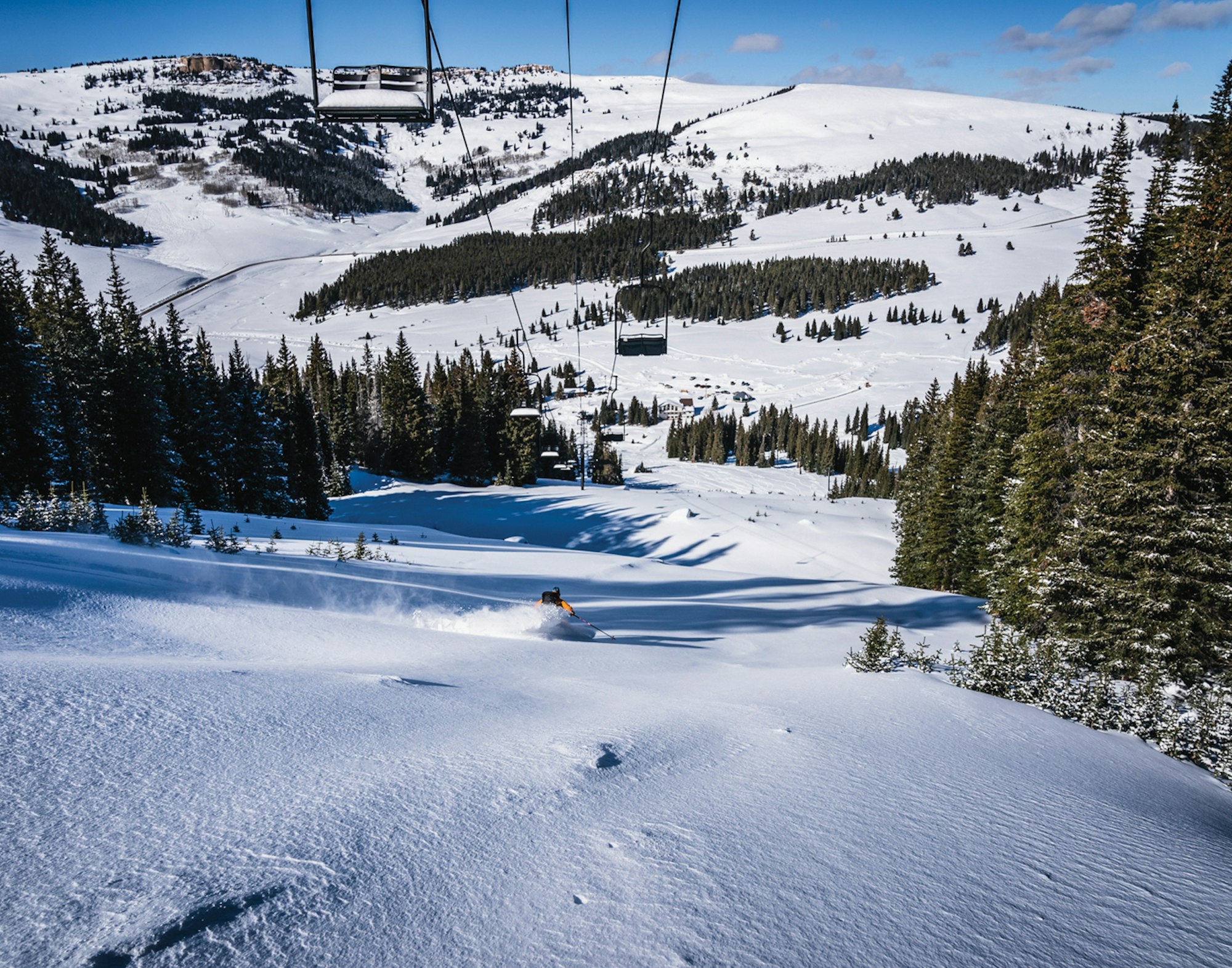
SKIER: Tess Strokes | LOCATION: Antelope Butte, WY
We shack up ninety minutes away in the rodeo town of Cody, and start the two-hour drive through the Absaroka Mountains in the morning. Teddy Roosevelt once called the corridor “the most scenic in America,” and it offers us our first bison sightings before arriving three miles short of Yellowstone National Park at Sleeping Giant, a gem of a ski area and the state’s other non-profit ski hill. With two chairlifts, one surface lift, 49 runs and two terrain parks, Sleeping Giant is, ironically, the least sleepy resort of our trip. Lift tickets remain less than $40 and the area offers free season passes and rental equipment for those with financial need through the Yellowstone Recreations Foundation. As the area operates without a general manager—the ski area decided to allocate the money to mountain improvement projects—the staff works as a team. We meet up with 17-year-old Colter Ellis, a freeski coach for the Shoshone Freestyle Program and high school rodeo state champion who spent the first couple years of his life at Sleeping Giant skiing around in his dad’s backpack. Three days a week he coaches 12 to 15 skiers, ages 10 to 16. His parents work at the mountain, too. There’s a half-foot of fresh, while nearby Jackson and Red Lodge received none overnight. In a weather pattern all its own, Sleeping Giant reaps the benefits of storms Yellowstone Lake drums up.
“It’s a small hill—you ride up in three minutes and you can get down in a minute, but it has everything you could want, just on a smaller scale,” says Ellis. “It’s a circle of life place—people learn to ski here, go off in the world then come back because it’s hard to find somewhere as special as this.” We agree—where else do ski patrol have to mush buffalo out of the parking lot? Fellow coach Dean Madley shows us several sidecountry shots that offer the best turns of the trip. Just a traverse away from the top lift hides perfectly spaced spruce, surfable gullies, pillows and even a triple cliff line. Ellis and Madley tell us backcountry skiers can access complex couloirs and 50-degree slopes higher up.
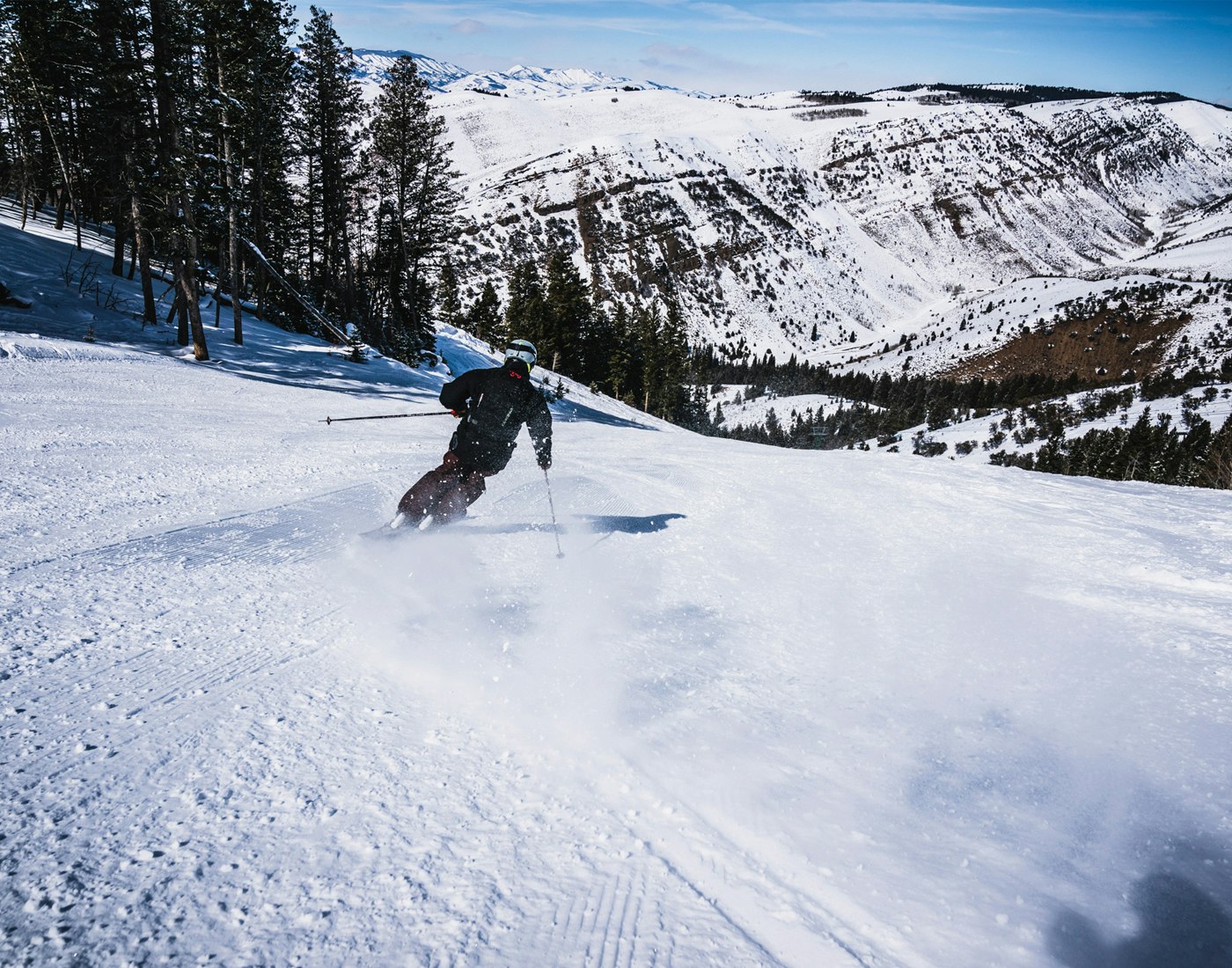
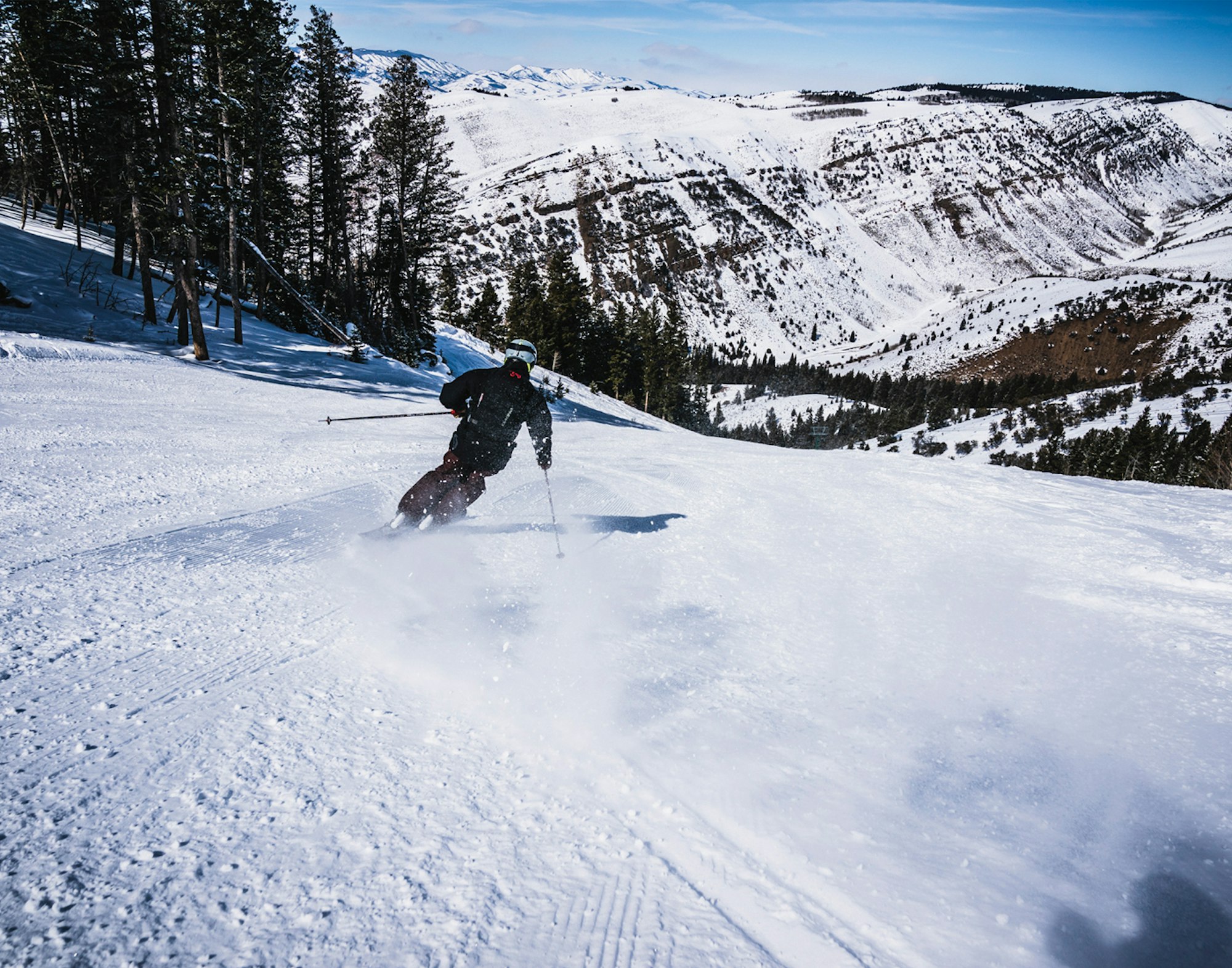
SKIER: Nate Etcheverry | LOCATION: Pine Creek, WY
A lonely six-hour drive stood between Pine Creek Ski Resort, located near the Utah border, and us. Pine Creek draws skiers from Kemmerer, Evanston, Star Valley and Bear Lake Valley in Idaho, but it should be a mandatory halfway stop for every skier commuting between Salt Lake City and Jackson. Pine Creek offers 1,400 vertical feet of skiing and the first high-speed quad of our trip. Owner and Cokeville native Paul Etcheverry, 63, bought the lift from Breckenridge to update the T-Bar that had run since 1975. A rope tow has been running since 1952. From the summit, you can ski 270 degrees and into three drainages. Etcheverry, who learned to ski behind a horse, has been running Pine Creek for 42 years, subsidizing the ski area with his 3,000-acre cattle ranch, and now shares the responsibility with his son and daughter-in-law. We chat outside the base lodge, an old train depot from Cokeville that he didn’t add on to until he and his ranch crew sold enough burgers at county fairs. His crew also mows the grass on runs at resorts like Jackson Hole and Brighton in the summer. It’s a refreshing lesson in living within your means. We meet one of about 100 skiers at Pine Creek today, 60-something Gary Langford, who has only missed 24 ski days in 34 years of skiing at the area. We have so much fun at Pine Creek, we’re still riding the lift at 4 p.m. with ski patrol for the sweep down to the après bonfire.
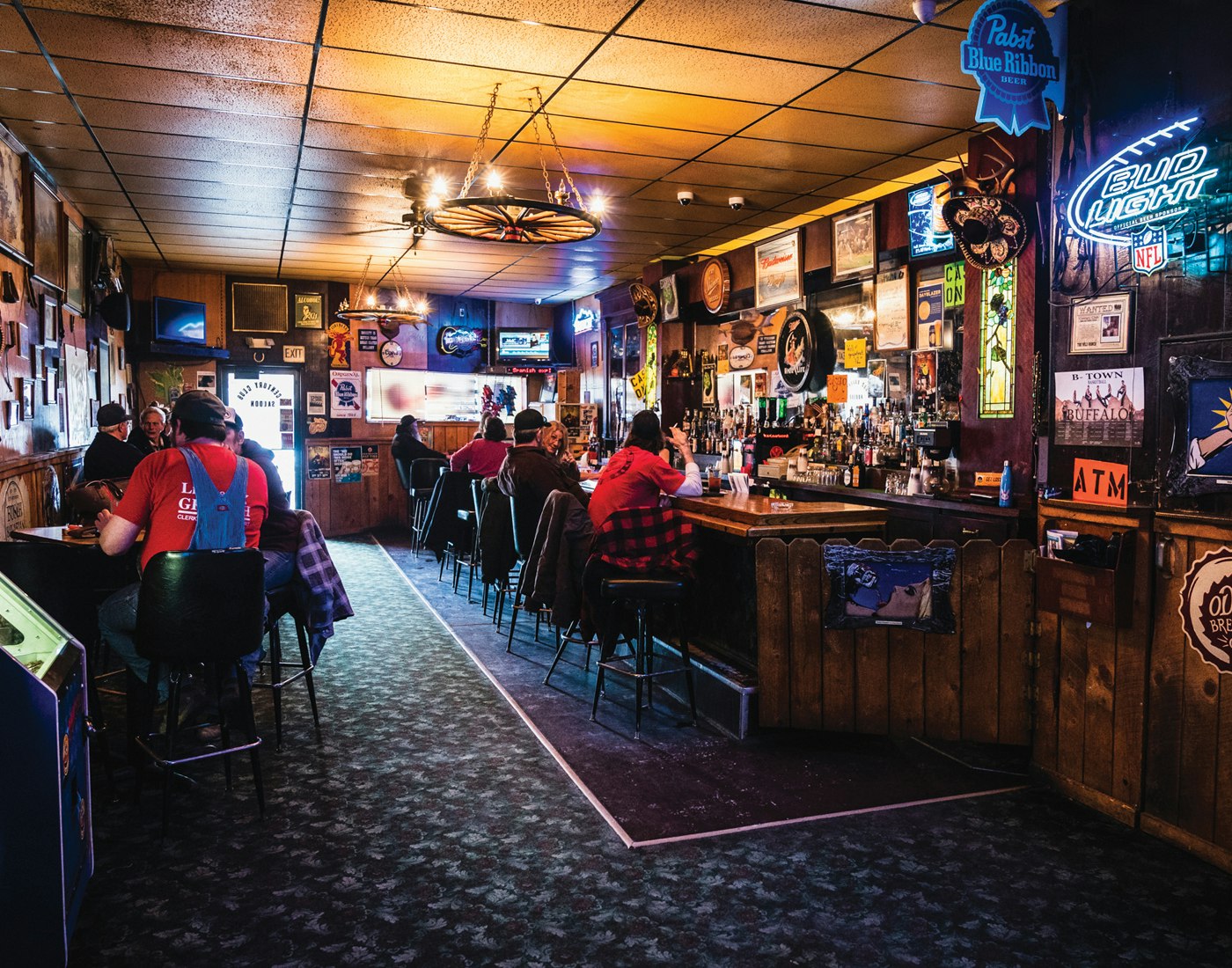
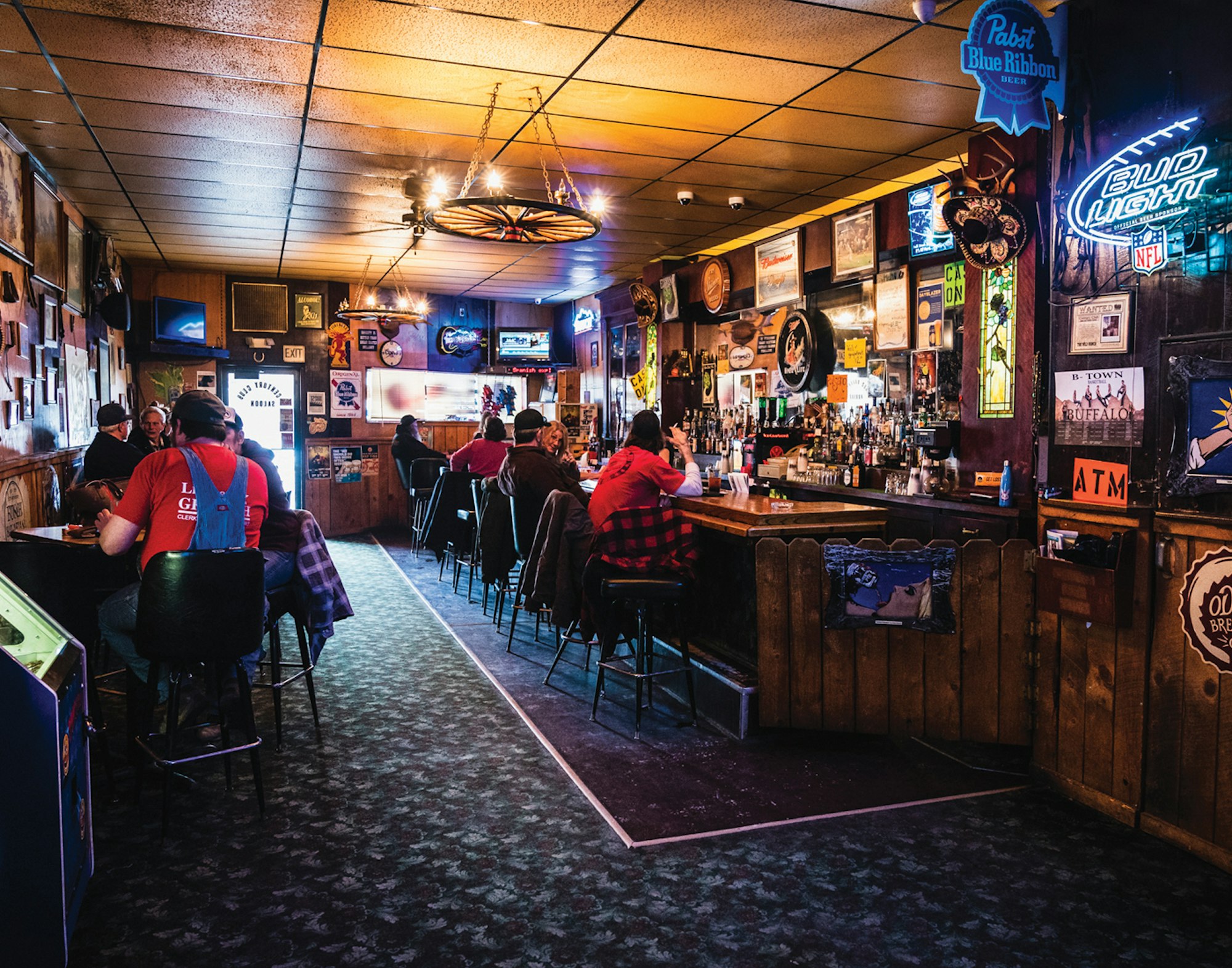
A five-hour drive to Snowy Range Ski Area, mostly on I-80, completes our Wyoming loop. Since the Maddox family, formerly of Steamboat, Colorado, bought Snowy Range about a decade ago, skier visits have doubled, revenue has tripled and profits have increased six-fold thanks to a lean business model. Aaron Maddox says he knows Snowy Range’s identity and won’t invest in unnecessary infrastructure. The mountain will never buy a high-speed quad or build a mountaintop restaurant. Instead, brown bags and thermoses are welcome in the base lodge which also has communal cafeteria-style seating and a bar serving beer at no mark-up. That low overhead keeps Snowy Range in the black and ticket prices low. The area offers a $25 learn-to-ski package for local kids. I see a family in Carhartt jackets and jeans clicking in for the first time. And they don’t stand out. Everywhere you look, you see skiers old and young, all here for the right reasons.
In the face of behemoth multi-resort season passes, rising costs and an industry going only one direction—bigger—smaller ski areas like Hogadon, Meadowlark, Antelope Butte, Sleeping Giant, Pine Creek and Snowy Range must fend for themselves to survive. It requires pluck, determination and grit, something Wyoming’s cowboys have a reputation for, and character traits present at every ski area we visited.
This story originally appeared in FREESKIER 22.2, The Resort Guide.

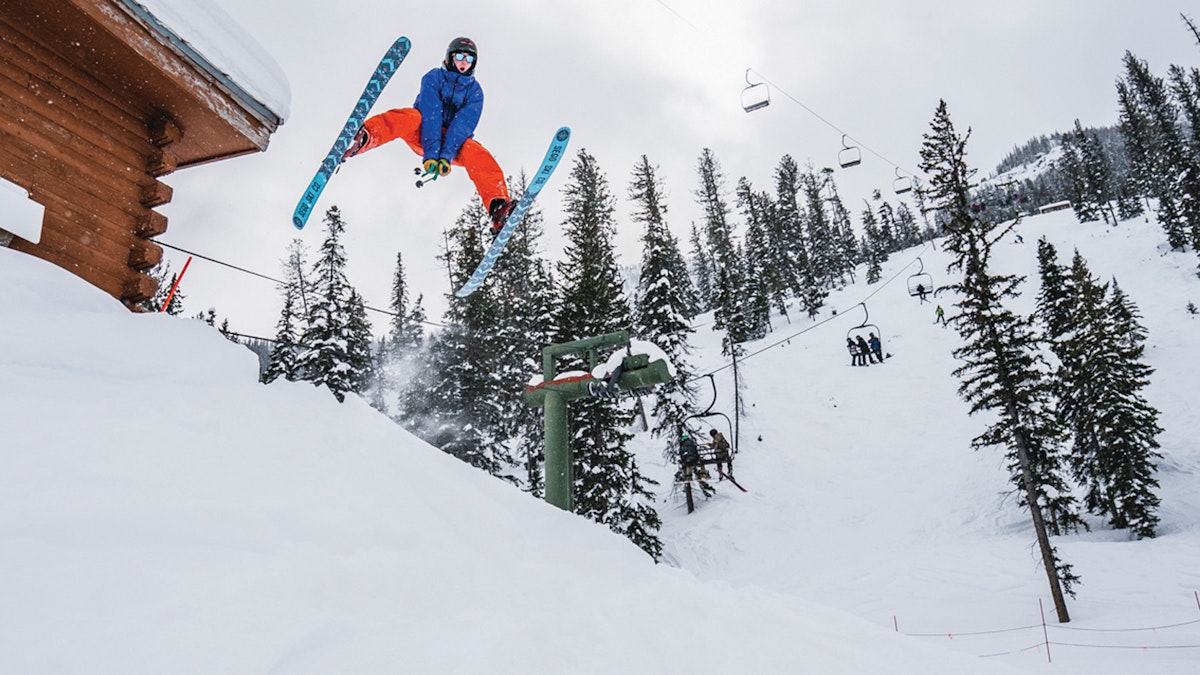
![[GIVEAWAY] Win a Head-to-Toe Ski Setup from IFSA](https://www.datocms-assets.com/163516/1765920344-ifsa.jpg?w=200&h=200&fit=crop)
![[GIVEAWAY] Win a Legendary Ski Trip with Icelantic's Road to the Rocks](https://www.datocms-assets.com/163516/1765233064-r2r26_freeskier_leaderboard1.jpg?w=200&h=200&fit=crop)

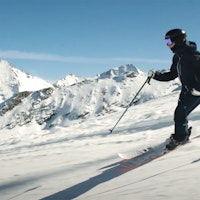
![[GIVEAWAY] Win a Legendary Ski Trip with Icelantic's Road to the Rocks](https://www.datocms-assets.com/163516/1765233064-r2r26_freeskier_leaderboard1.jpg?auto=format&w=400&h=300&fit=crop&crop=faces,entropy)




![[GIVEAWAY] Win a Head-to-Toe Ski Setup from IFSA](https://www.datocms-assets.com/163516/1765920344-ifsa.jpg?auto=format&w=400&h=300&fit=crop&crop=faces,entropy)


